images by Leena Gan Lian Yi, supported by Shum Zu Han
Published 10th September 2023
Listen:
LUANG PRABANG, Laos: Along a quiet street in Luang Prabang, an unassuming wooden door creaks open. Inside, a simple theatre set up awaits curious audience members eager to hear the tales behind the ancient royal capital.
Mr Siphai Thammavong looks around in anticipation, cocking his head in either direction on a lookout for the day’s turnout. He takes a moment to button his traditional ethnic Laotian shirt and hastily ties a red ribbon around his waist to complete his performance wear – a traditional costume donned by the Lao Loum, the largest ethnic group in Laos.
His serious demeanour gives way to a wide smile. With a spring in his step, he chuckles before making his way through the wooden door and exclaims: “The show is beginning!”
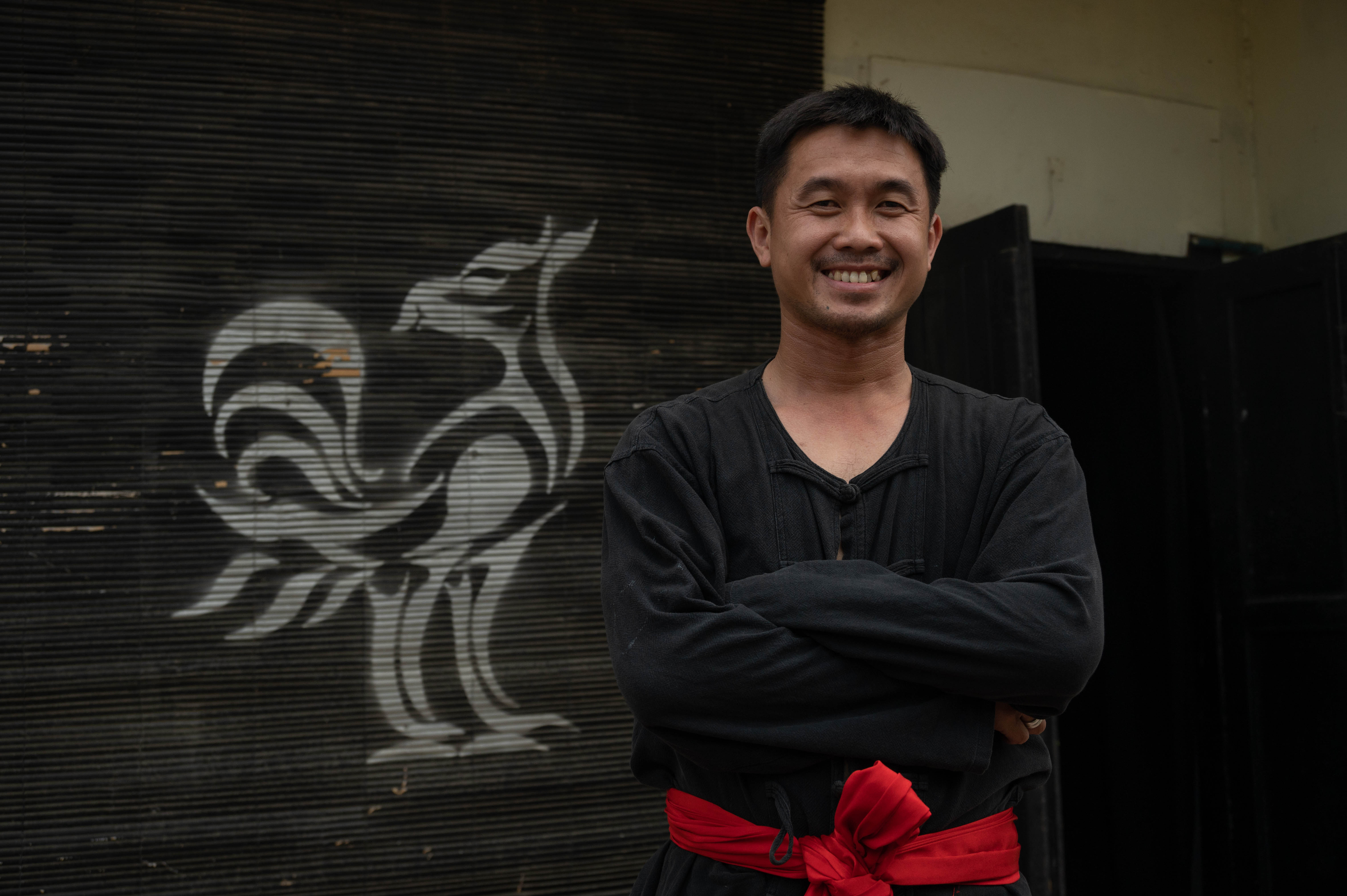
Educator By Day, Storyteller By Night
Even when he was a young boy growing up in the small countryside village of Bokeo, Mr Siphai knew that the stage was his destiny, with his natural flair for performing.
“When I first encountered the art of storytelling, I felt like I love sharing things and I couldn’t stop my passion for telling stories to other people.”
However, in Laos, the performing arts is not a financially rewarding career. Mr Siphai had to face the harsh reality that the arts alone was not viable to support himself and his family.
As he continued his education, he eventually found himself teaching English at Xayadeth College in Luang Prabang, the perfect intersection between his love for stories and passion for education.
Shocked to learn that his students are unaware of the traditional stories of their own ethnic groups, Mr Siphai often incorporates storytelling in his teaching methods, exposing his students to the beauty of stories while reminding them of their roots.
“Culture and education come together,” he said.
Every day at sundown, Mr Siphai takes on a different role – managing Garavek, the only storytelling theatre in Luang Prabang, where he is the lead storyteller.
“People ask me, is this something that makes you money or something that makes people happy? Storytelling to me is both. Arts can be business, and not just a passion.”
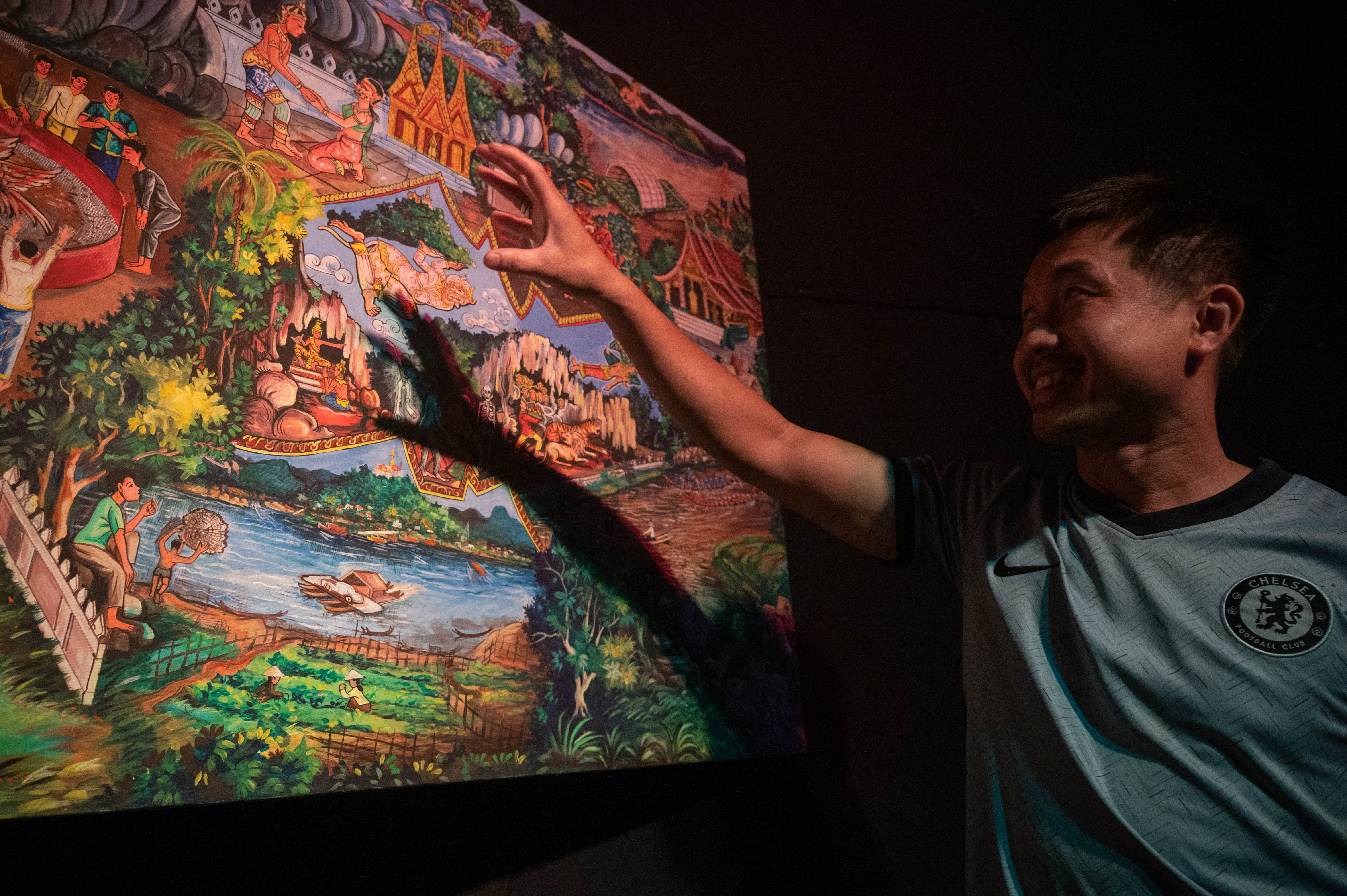
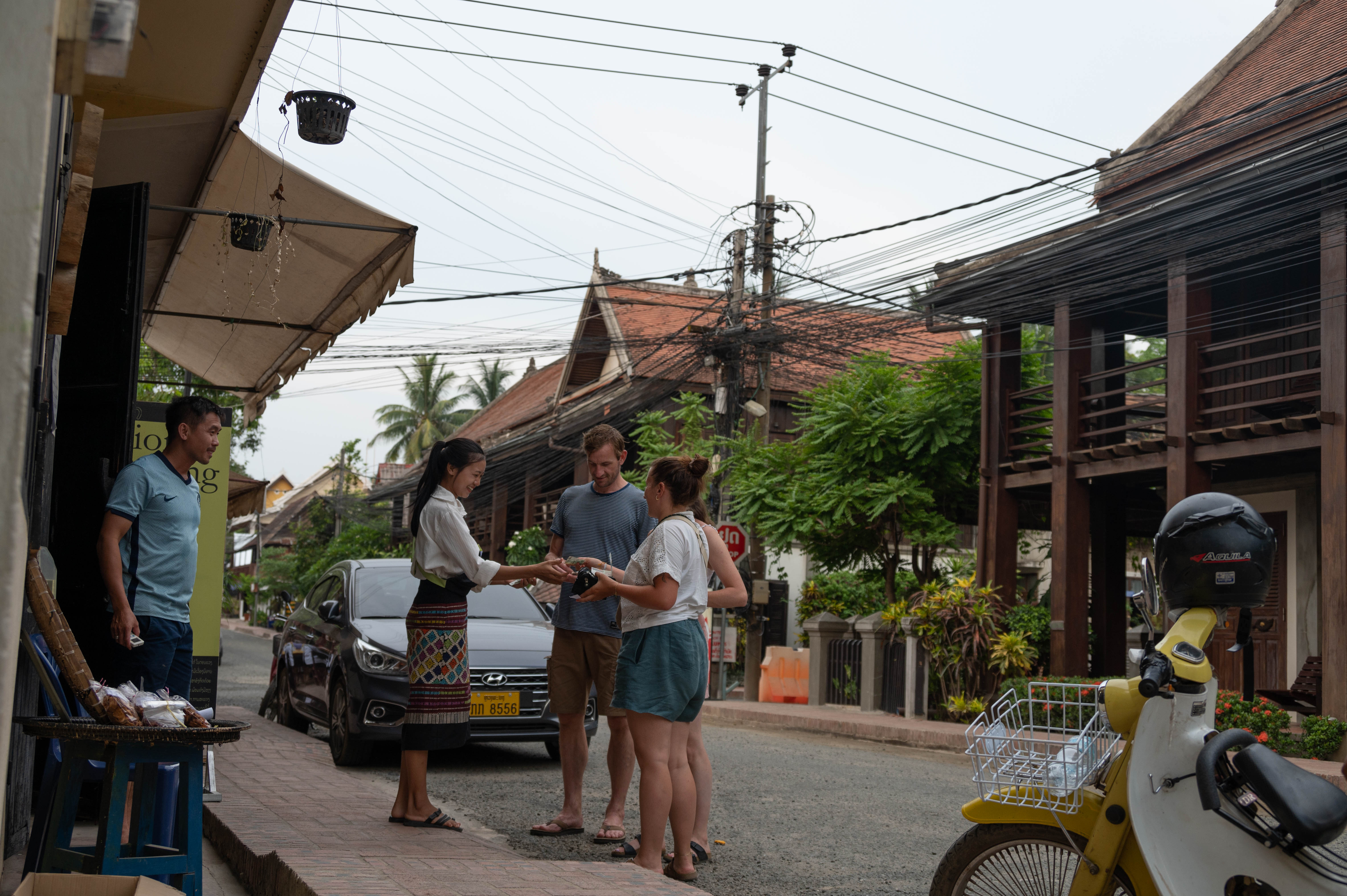
Lost Stories
Unlike other performing arts such as traditional dance or song, traditional storytelling is on the verge of becoming a dying art form in Laos.
With technology becoming increasingly popular in Laos, Mr Siphai noted that many young people lack both the time and interest to engage in stories.
“People don’t have interest in storytelling. It is a small thing for them, maybe because they see it as something with no returns.”
Another major challenge the art form faces is the difficulty of documenting the unique stories that represent each of its three main ethnic groups and 47 minority groups.
Many of these stories remain gated within each community, and are only passed down through oral tradition, which makes it difficult to collect, record and share.
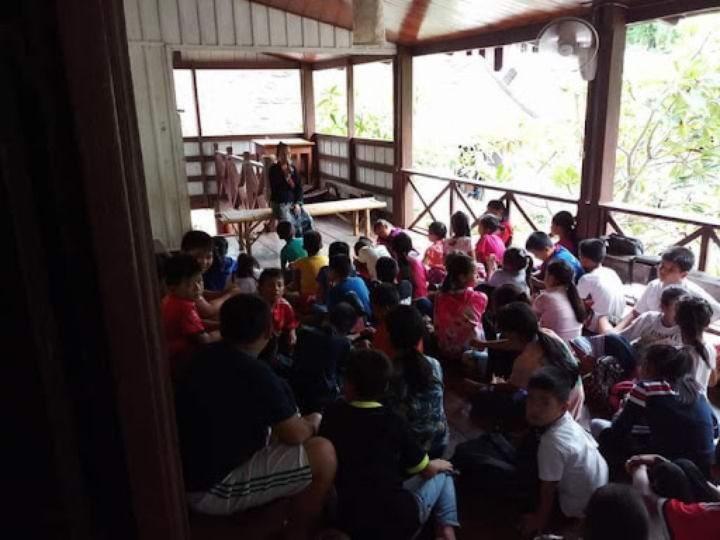
Mr Siphai recalls an interaction with Maethaothee, the matriarch of the Ban Boumxieng village who shared that she had stories in her mind which she feared would die along with her.
Her passing deepened Mr Siphai’s resolve to make the preservation of these stories a personal mission.
Man On A Mission
"Storytelling is the best way to preserve Lao culture and share our way of life. Every story has a moral, teaching and educating its readers. That’s why we have to read and pass them on for many generations."
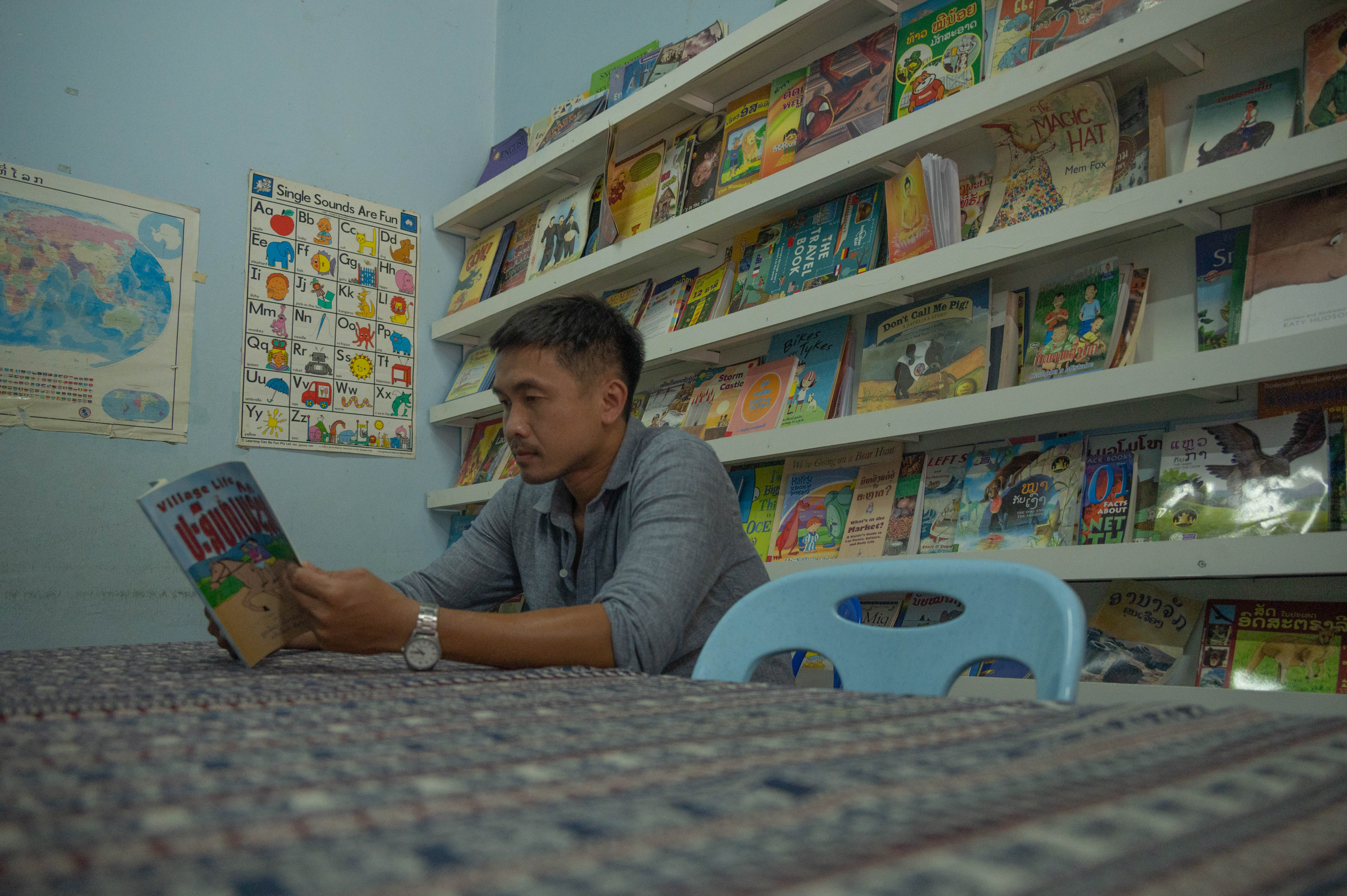
Mr Siphai founded the Aiy Xieng Mieng Community Storytelling Project in 2017 with the goal of collecting and renewing the traditional oral storytelling practice in both urban and rural places.
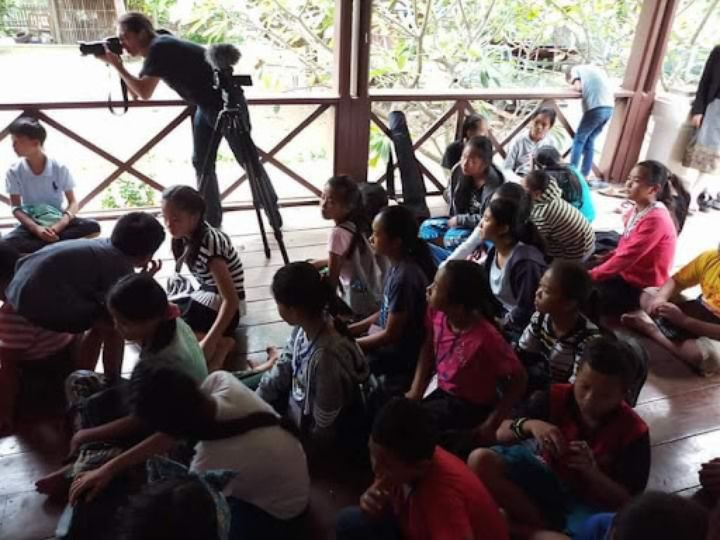
Apart from travelling to villages and towns to collect stories from all over Laos, the project also looks to organise sharing events, as well as find ways to refresh and disseminate stories. This includes moving into the digital space with recordings of storytelling events.
Mr Siphai hopes that leveraging technology can make traditional stories become more accessible and interesting to the public, especially younger people.
Future Plans
Beyond managing the theatre and working on his story collection project, Mr Siphai hopes to hold large-scale storytelling events.
He also wishes to organise regular workshops with schools, which will not only preserve the art form within the local community, but possibly expand its reach to the world.
"I’m worried that in the future, if nobody continues pursuing this art, it will disappear… I plan to do these things regularly to remind people of the beauty of stories and storytelling.”
For now, he hopes these stories of Luang Prabang are able to give visitors something to remember the beautiful town by.
“Every time I tell stories, I just want to immerse the audience into the tale, to make them happy and to make them laugh… I will carry on the show for as long as I can.”
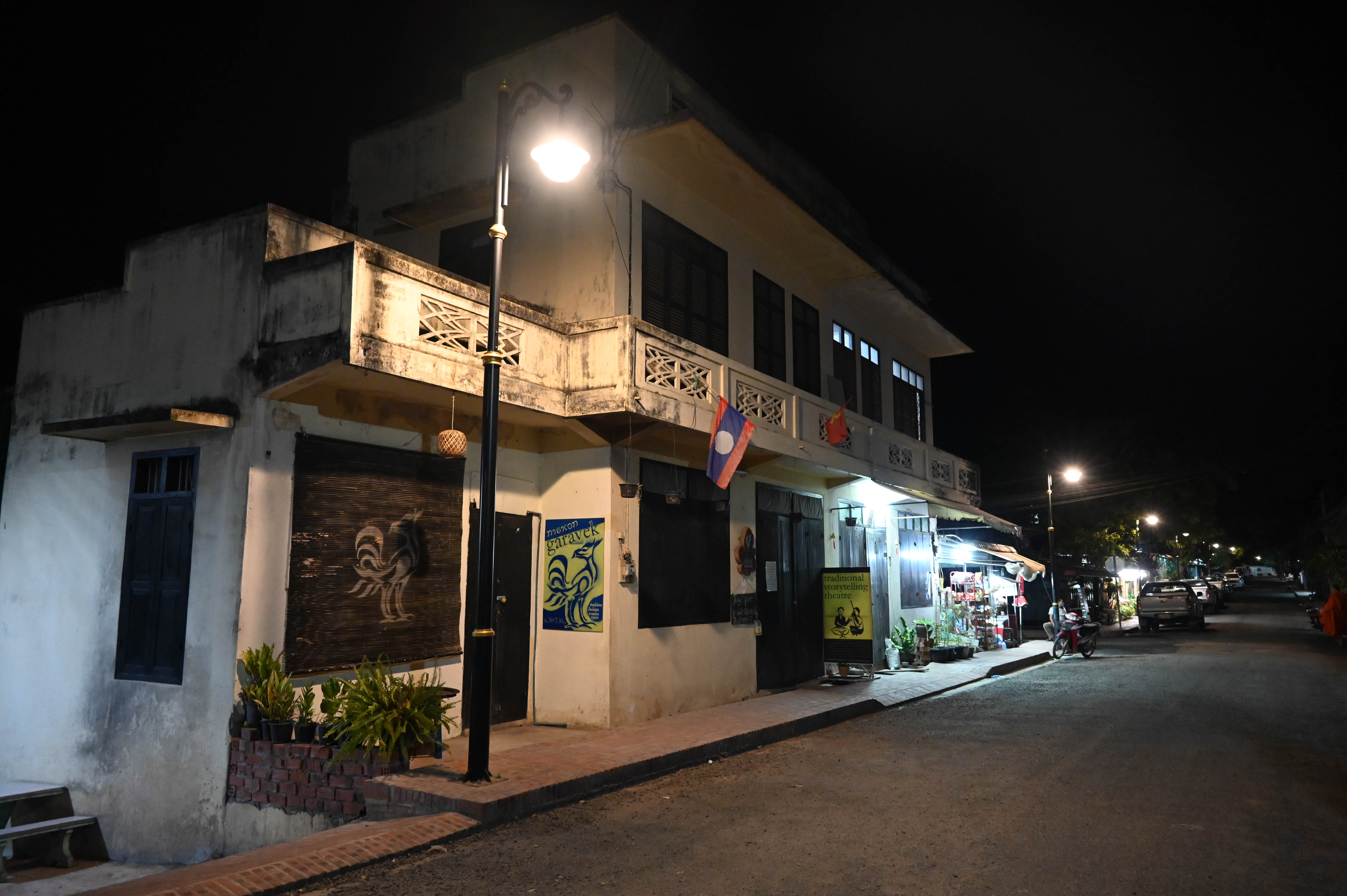
Garavek presents an English-language selection of traditional Lao stories every evening from 6.30-7.30pm. Tickets cost USD$5 and can be bought at the theatre from 6pm onwards.
Find out more at https://garavek.com/index.html ∎

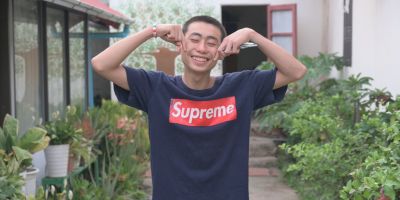

 Wee Kim Wee School
Wee Kim Wee School